One of the best history buzzes I got during my recent trip through China was walking on the ancient walls of the great Shang capital Zhengzhou.
The wall in this pic’s actually a reconstruction. I’ll give you views of the ancient remains in this post too, but this shot shows you the grandeur of this more than 3,500 year old city during its green years. For a while, I got to commune with the ancient Shang emperors. Come inside and hear what their spirits told me.
I’ll have to translate their poetic language into plain facts so everyone in today’s Digital Dynasty can understand it:
1. Zhengzhou emerged as a capital when the Shang Dynasty overthrew the Erlitou culture and achieved control of the Yellow River’s Central Plain. This happened a little before 1500 BCE–the more famous Late Shang city at Anyang was made the capital around 1300BCE. In contrast with Anyang, there’s no convincing evidence that the kings at Zhengzhou used writing yet, but specialists have noted that Anyang’s writing system is so mature that it might have had a long formative period. Whether Zhengzhou elites used writing or not, what they did was amazing enough, and it profoundly influenced Chinese culture.
2. Zhengzhou was one of the largest cities the Chinese built before the Shang capital at Anyang. Its roughly square walls have a 6,960 meter perimeter–each side is more than a mile long.
The walls were built with the already old hangtu (rammed earth) method. Wooden planks found by the walls suggest that wooden terraces bracketed the walls as they went up–thus the steep slope on the outer side.
Here’s a shot of part of the ancient wall.
Families relax on the wall today and take a break from the searing summer heat.
3. The walls’ foundations are between 20 and 32 meters wide.
4. The northeastern section of the walls was where the elites lived. Archeologists have found more than 20 large hungtu foundations and several more foundations of what were probably big homes. The largest palace measured 65 by 13.6 meters, and it had 9 rooms and a surrounding corridor. Perhaps the king lived there.
5. Almost 100 sacrificial human skulls and several rows of sacrificed dogs were found within the palace section. Most of the human victims were young men–sometimes dogs are the more civilized animals.
Today, plain apartments crowd the northeastern section of the walls.
6. Many workshops and residential areas have been found outside the city walls, including several bronze foundries, a bone workshop and a pottery workshop. Locating the workshops outside the city walls would have protected the good folks of Zhengzhou from fires and pollution.
7. The rulers at Zhengzhou greatly increased the amount of bronze making over Erlitou’s–you can see the last post on ancient Chinese bronzes for the ideology behind them and their role in shaping Chinese culture.
From dad-
to dude, everyone on Zhengzhou’s walls was mellow on that sultry summer day. But Zhengzhou’s ancient kings seem to have run the city in a very orderly way. It would have hummed with artisans, guards, farmers, royal messengers, and untold numbers of builders with sore muscles. Were the latter coerced? We don’t know since no writings survive, and the kings’ spirits never would have told me.
This bustling metropolis built foundations for more than its great walls. Major currents that shaped Chinese civilization spread from there, which we’ll read about in the next post on the Shang Dynasty. Mighty Zhengzhou must have even impressed the dragons.

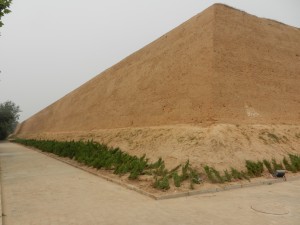
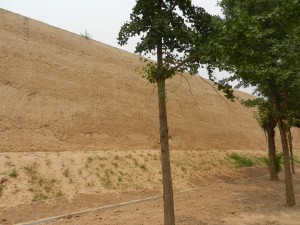
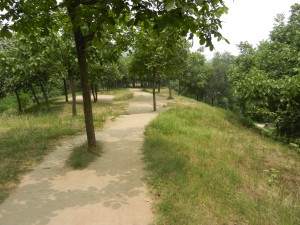
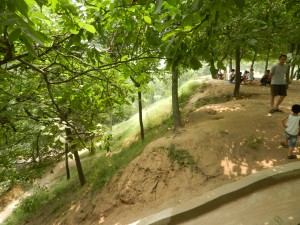
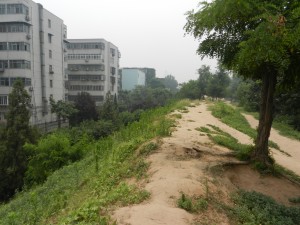

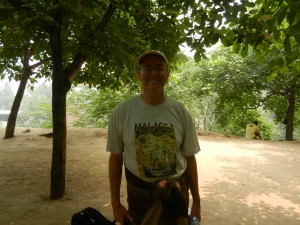
Comments on this entry are closed.